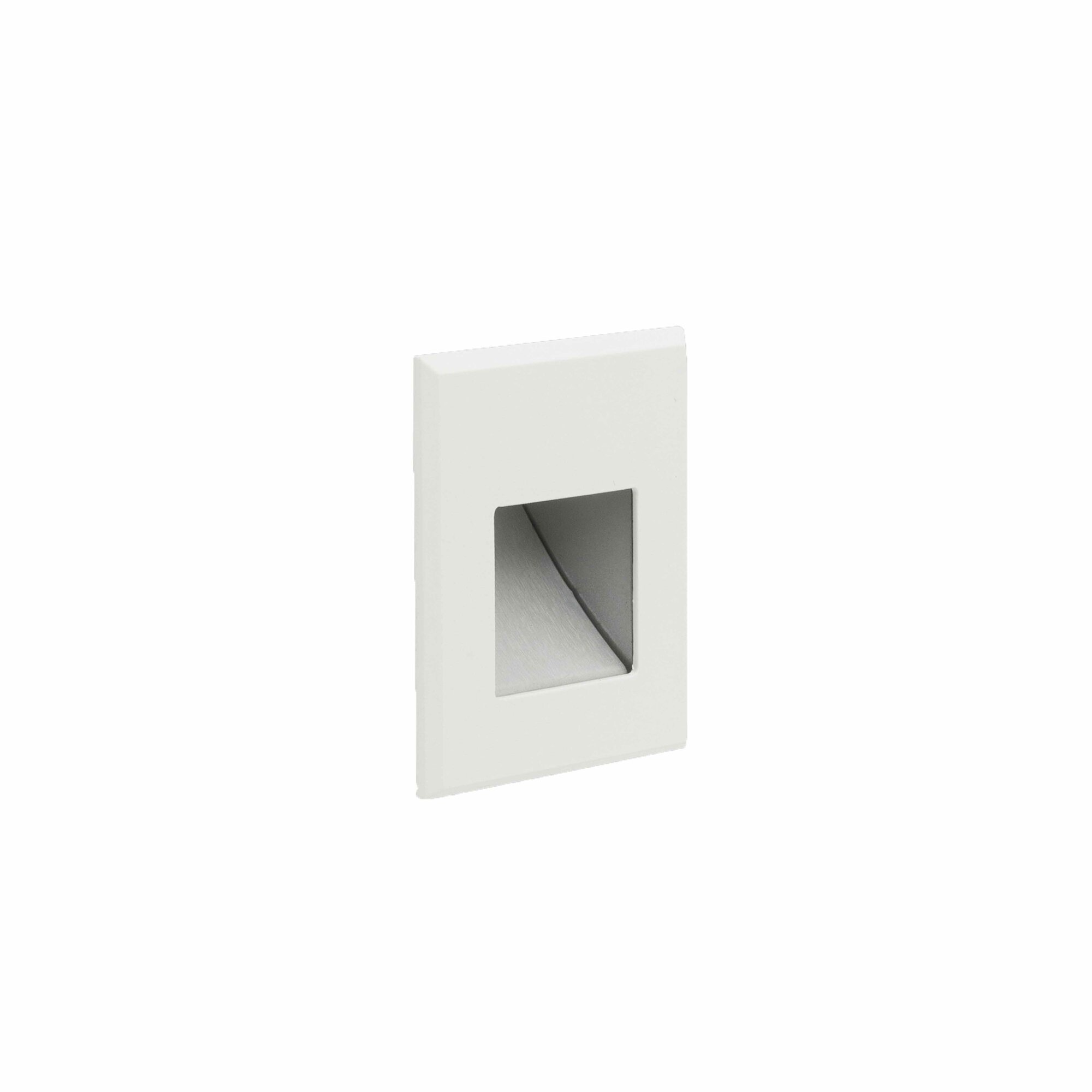
Posts
Lighting Sculptures at RHS Chelsea Flower Show
General News

Lighting Sculptures at RHS Chelsea Flower Show
Posts

Form Factor: Let the shape lead

Materials

The Location & Surrounding

Integrated Lighting
Discover the products behind the project























